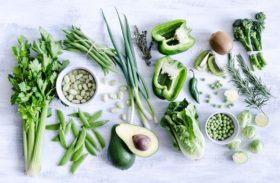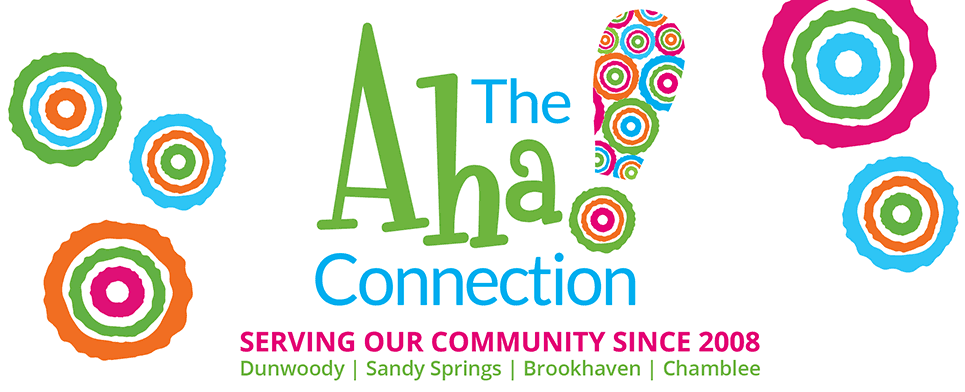
Environmental Working Group Shopper’s Guide to Pesticides in Produce™, updated every year since 2004, ranks pesticide contamination of 47 popular fruits and vegetables. The guide is based on results of more than 38,800 samples of produce tested by the U.S. Department of Agriculture and Food and Drug Administration. It is important to note that the samples are tested for pesticides after they have been prepared to be eaten. This means the produce is thoroughly washed and, when applicable, peeled. After these preparations, pesticide residues are still detected on many of the fruits and veggies. Every day, consumers rely on EWG’s Shopper’s Guide to help them make the best choices for their families and reduce their exposures to toxic pesticides.
The Dirty Dozen
Buy these organic whenever possible – Updated 2018
- Strawberries
- Spinach
- Nectarines
- Apples
- Grapes
- Peaches
- Cherries
- Pears
- Tomatoes
- Celery
- Potatoes
- Sweet Bell Peppers
The Clean 15
These are ok to buy conventional (not organic) – Updated 2018
- Avocados
- Sweet Corn*
- Pineapples
- Cabbage
- Onions
- Sweet peas frozen
- Papayas*
- Asparagus
- Mangos
- Eggplant
- Honeydew Melon
- Kiwi
- Cantaloupe
- Cauliflower
- Broccoli
* A small amount of sweet corn, papaya and summer squash sold in the United States is produced from genetically modified seeds. Buy organic varieties of these crops if you want to avoid genetically modified produce.
Key findings:
- More than 98 percent of samples of strawberries, spinach, peaches, nectarines, cherries and apples tested positive for residue of at least one pesticide.
- A single sample of strawberries showed 20 different pesticides.
- Spinach samples had, on average, 1.8 times as much pesticide residue by weight than any other crop.
- Avocados and sweet corn were the cleanest. Less than 1 percent of samples showed any detectable pesticides.
- More than 80 percent of pineapples, papayas, asparagus, onions and cabbages had no pesticide residues.
- No single fruit sample from the Clean Fifteen tested positive for more than four pesticides.
- Multiple pesticide residues are extremely rare on Clean Fifteen vegetables. Only 5 percent of Clean Fifteen vegetable samples had two or more pesticides.
See the full list of fruits and vegetables with pesticide residue data.










Just a quick comment re: above —
I have always washed all my produce, including lettuce, when I get home. I wash the lettuce separately and then use my salad spinner to spin-dry it. I then put a paper towel inside a zip-loc bag and place the lettuce on top of the paper towel, remove as much air from the bag as possible and then zip the bag shut. Easy salad prep when needed!
I fill my sink with a cool soap/water mixture and add at least 1 capful of bleach. Yes, bleach. After hand-washing fruits and veggies (or using a cleanly laundered microfiber cloth much like one would use to wash dishes if necessary), I then empty the sink and rinse everything in cool water at least twice – or until there is no s/w/b residue left. After rinsing in cool water, there is no bleach taste on anything.
It takes a bit of extra time, but better safe …. If you buy lettuce in plastic boxes, be sure to disinfect, wash and dry the boxes before returning the lettuce to the box.
My mother used to do this “back in the day” when everyone had gardens in their backyards and she continued to do so until she came to live with us and no longer shopped for groceries. I’ve done this ever since I married Al. I feel better doing this regardless of whether I’ve bought organic or had to resort to doing otherwise overseas.
Glad used to make a storage bag with little holes in it just for storing veggies. It was a lifesaver for extending the life of lettuce, especially, and sliced veggies/fruits. However, they discontinued the bags for some reason quite some time ago. I wish they’d bring this gem back.
In case anyone’s wondering, this method of disinfecting produce was recommended back in the 50’s on a Civil Service test!
ADA